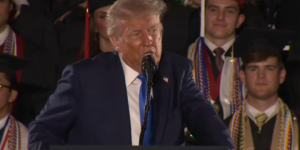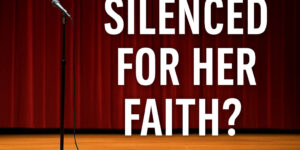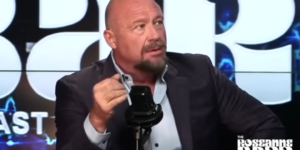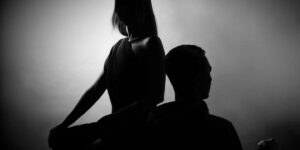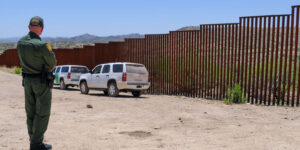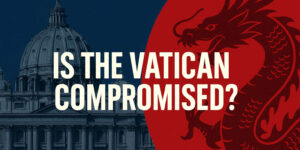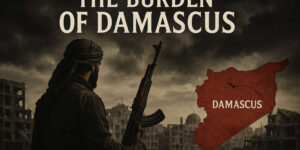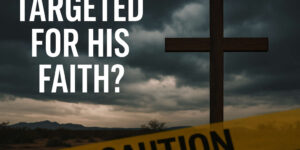Behind the Charm, a Political Pope
Share:
But Horacio Verbitsky, an Argentine journalist who has written extensively on the period, has said Bergoglio did not do enough to warn the priests of the danger. According to Verbitsky’s book, The Silence, Bergoglio withdrew his order’s protection of the two priests after they refused to quit visiting the slums, paving the way for their capture. He offers no proof of this.
In the authorized biography, Bergoglio said he long ignored such accusations “so as to not get caught in their game, not because I have anything to hide.”
In the book, Bergoglio said he worked tirelessly to secure the men’s freedom. He said he convinced a military chaplain—no name is given in the biography—to miss a Mass so that he himself could officiate and ask the head of the governing junta to set them free.
The priests were held for five months, blindfolded and chained, before being drugged and released in a field. It’s not clear what ultimately secured their freedom.
Bergoglio and others have described his efforts to hide or help other targets flee, including one who Bergoglio said resembled him and crossed the northern border in clerical garb and carrying his identity card.
Another case that involved Bergoglio shows the delicate balance that he and many others sought between helping victims and not falling foul of the regime. In 1976 and 1977, seven members of a leftist family near Buenos Aires disappeared, including a pregnant woman who would give birth to a baby girl in captivity. Siblings who had exiled themselves in Rome, and believed their family members had been abducted by the military, appealed to the head of the Jesuits in Italy. He contacted Bergoglio, who wrote a carefully worded letter for the father of the family, Roberto Luis de la Cuadra, to give to Mario Picchi, a bishop near the family’s home.
“I bother you to introduce you to Mr Roberto Luis de la Cuadra,” Bergoglio wrote, according to a photocopy of the letter still in the family’s possession. “He will explain to you what this is about, and I will appreciate anything that you can do.”
Several months later, Picchi told de la Cuadra he had learned that the infant girl was alive, but had been handed for adoption to another, less troublesome family, according to a surviving family member, Estela de la Cuadra.
The bishop, now deceased, told de la Cuadra he had no further details about the baby. Bergoglio, in written testimony to a court looking into the case in 2011, said he received no more specifics about the case and only learned further details through the media.
Bergoglio’s allies and many historians say there was little he could do to limit such atrocities. Many of those who did speak out were killed, and Bergoglio, though the head of the Jesuits, was far less prominent than more senior clerics outside the order.
Even those who did more at the time sympathize with Bergoglio’s position. “If I hadn’t come face to face with someone who had been tortured, I wouldn’t have been able to speak out,” says Miguel Hesayne, a retired bishop who is widely regarded as one of the few senior Church officials who criticized the regime.
But others, including Estela de la Cuadra, other family members of disappeared and human rights activists, criticize him for not speaking out more at the time and for his reluctance to talk about the period later.
Interference
Bergoglio’s tenure as provincial ended in 1979. His successor appointed him rector of the top Jesuit school in Buenos Aires, the Colegio Maximo de San Miguel, where he taught, continued his own studies and remained an influential voice.
In 1986, the next provincial sent Bergoglio to Germany to work on a doctorate. Staying near Frankfurt, he studied the work of Romano Guardini, a Catholic philosopher active in the 1930s who wrote about the moral hazards of power.
“Catholicism and confronting violence is something he too had to think about,” says Michael Sievernich, a professor of theology who met Bergoglio at the time and noted the parallels between the subject matter and the recent Argentine horror.
Bergoglio stayed just a few months, to the surprise of his fellow Jesuits, returning to Argentina with books and photocopies. The order lodged him at another Buenos Aires school, where he continued his studies, resumed teaching and wrote.
His standing in the capital remained high. But soon, several Jesuits recall, Bergoglio began voicing disapproval of the way his peers ran the school, mostly petty details about courses and administration. His interference was unwelcome. Soon the provincial at the time, Victor Zorzin, sent him back to Cordoba.
“He needed to go somewhere he could relax,” says Zorzin.
In Cordoba, Bergoglio’s duties would be simple: say Mass, hear confessions and continue to work on his doctorate. He complied, colleagues recall, but he also brooded.
“He was no longer as active,” says Andres Swinnen, a contemporary in the order and a successor to Bergoglio as provincial.
Share:














